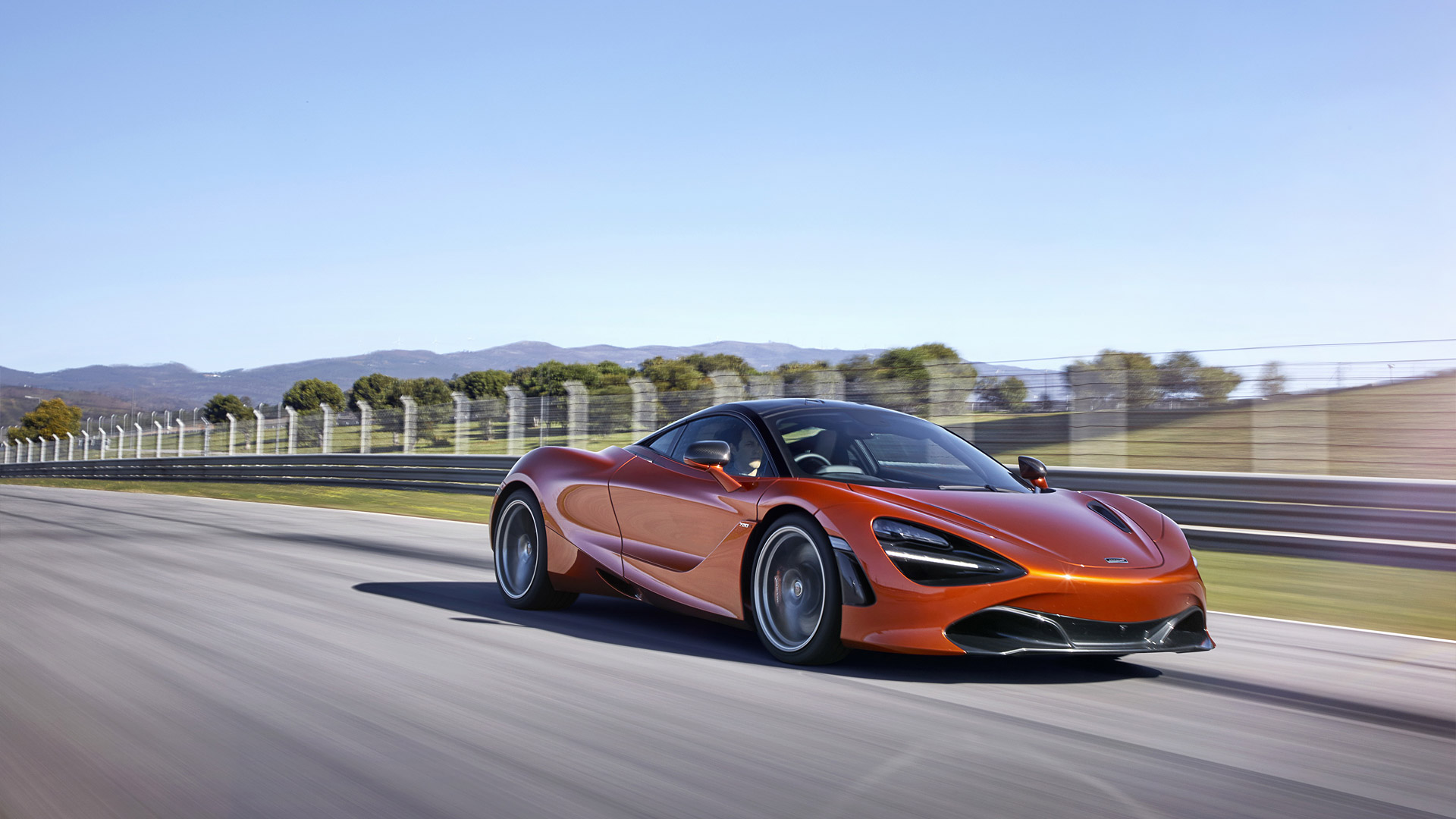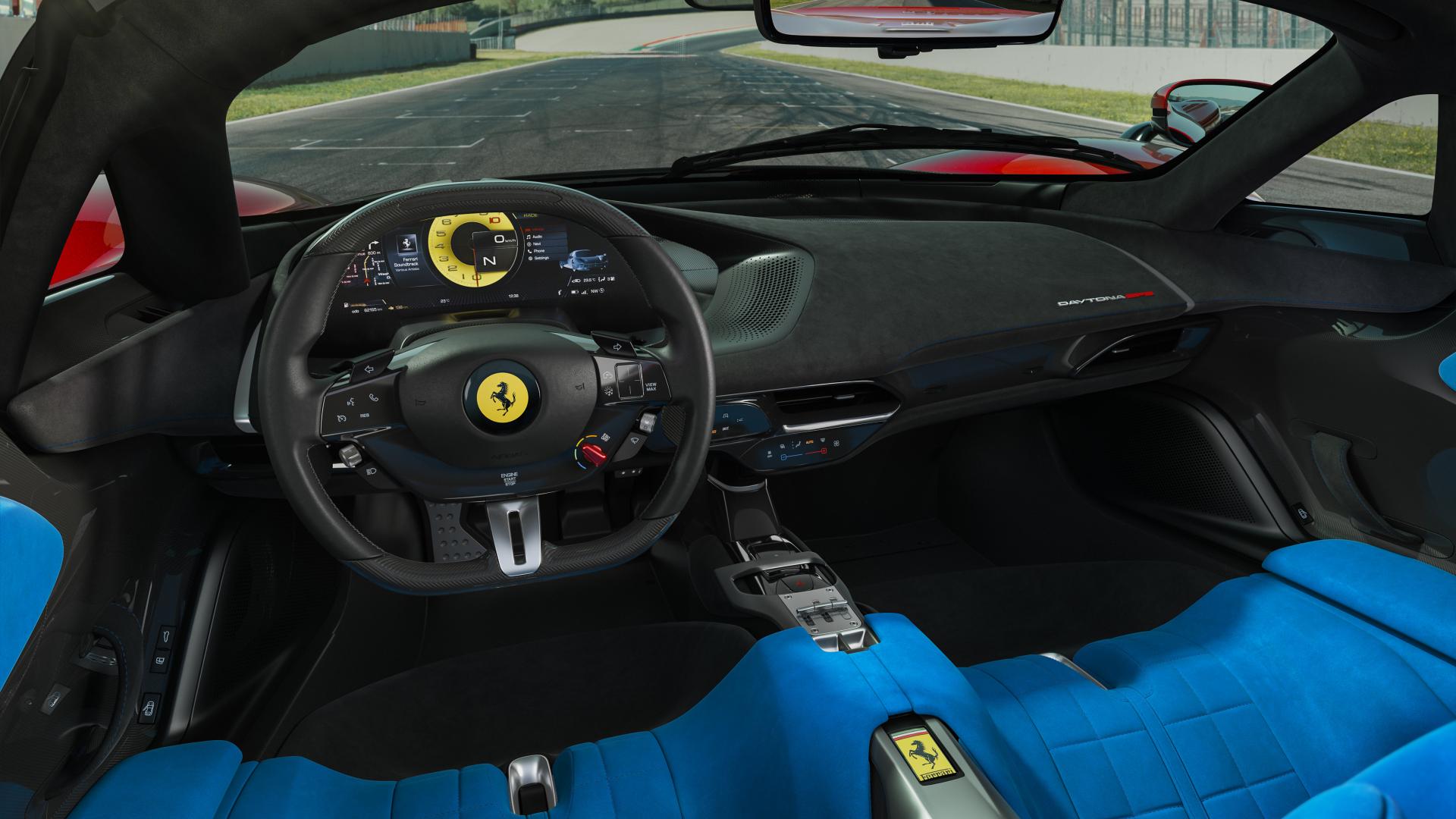“Power tends to corrupt, and absolute power corrupts absolutely.” What English writer and historian John Dalberg-Acton said is true. I have absolutely been corrupted, completely and irrevocably, by the McLaren 720S Spider. And it’s all because of the power.
I drove the brand-new supercar on a route that took me from the urban sprawl of Phoenix to the more peaceful surroundings of Payson across some open stretches of highway in Arizona. I learned a lot along the way. But the one fact that overwhelms everything else is that the 4.0-liter turbocharged V8 engine installed in the McLaren 720S Spider feels almost otherworldly powerful.
With a dry weight of 2,937 pounds, the Spider weighs just 108 pounds more than the 720S hardtop. That’s going to have a very small impact on performance, but you won’t feel any difference from behind the wheel — 710 horsepower and 568 pound-feet of torque have a way of masking a few extra pounds.
Foot to the floor, there’s a brief moment right off idle where turbo lag almost makes the 720S Spider’s engine feel like it may be a disappointment. Almost. And then all hell breaks loose. McLaren says the 720S Spider will accelerate from 0-60 in 2.8 seconds on its way to a 10.4-second quarter mile (just 0.1 seconds slower than the coupe) and 212-mph top speed. Drop the top and terminal velocity falls to a positively pedestrian 202.
While we’re on the topic of stopwatch measurements, it takes just 11 seconds to raise or retract the electrically operated folding roof. The rear window glass also raises to minimize wind turbulence in the cabin or lowers to let in the elements and the wail of the engine’s exhaust note. I kept everything lowered as much as possible to fully experience the open-air nature of the Spider, but when a sudden rainstorm rolled in, the fact that the top can be folded up or down at speeds of up to 31 mph came in handy.
With the top in place, I was able to enjoy another cool new feature that isn’t shared with the rest of McLaren’s lineup of Spiders. An electrochromic glass panel can turn mostly transparent or deeply tinted at the touch of a button. The roof, which is paired with a translucent set of flying buttresses just aft of the passenger compartment, offers a feeling of airiness and visibility that is unrivaled among the Spider’s competitive set.
Not too long ago, terrible visibility, impossible ergonomics and disastrous drivability outside of full-throttle blasts went hand-in-hand with the slinky, low-slung life of supercar ownership. That’s no longer the case, and a lot of the credit goes to McLaren. The hardtop 720S has been praised on the pages of Autoblog for its approachable nature, and the Spider deserves those same accolades. The interior looks and feels luxurious, there’s plenty of room inside for two passengers, and, with the exception of absolutely maddening electric seat adjustment controls, everything is laid out logically and easy to use. At 15 miles per gallon city, 22 highway and 18 combined, it’s even (considering its stratospheric power output) relatively efficient.
There are three driver-selectable modes for both the powertrain and the car’s suspension. Out on the highway, Comfort feels just right. It makes for a ride that’s firm and well controlled, but never jarring. The electro-hydraulic power steering is quick but never darty. It all adds up to a car that feels like it could soak up hundreds of miles in proper grand-touring style.
Sport mode, as its name implies, firms everything up. The ride gets a bit busier, the throttle mapping changes and the turbochargers seem to respond more quickly when called into action. I didn’t take the 720S Spider to the track, which is where the appropriately named Track mode is designed to excel. But even if I never used that setting on public roads, I’d at least want to use it to show off to my friends how the instrument cluster spins around to present a trimmed-down set of gauges to the driver.
I actually happened to drive the 720S Spider back-to-back with another McLaren, the equally new 600LT Spider, and an interesting thought occurred to me as I exchanged keys. These two vehicles share a whole heck of a lot in common. In fact, all the cars in McLaren’s lineup share a single line of DNA. But the actual experience of driving these two Spiders is overwhelmingly different.
They are both hardtop convertibles derived from already launched fixed-top models, they both boast twin-turbocharged V8 engines mounted right behind the passenger compartment, and both drive their rear wheels through a seven-speed dual-clutch gearbox. Put simply, they are both eminently desirable supercars. But the 600LT Spider (above left) is clearly engineered for blitzing race tracks, and is therefore compromised on the road. The 720S Spider (above right) is primarily designed to be enjoyed on the open road. And since that’s where nearly all supercars will actually rack up the vast majority of their miles, it’s a better car because of it.
In the end, I walked away thinking that the 600LT Spider may offer the most fun you can have on a race track behind the wheel of a McLaren. But the 720S Spider is the best all-around McLaren that money can buy. There are very few downsides, other than the fact that, at $315,000, I can’t afford one. It’s comfortable, versatile, beautiful, and above all else, stupidly fast.
If this is what corruption feels like, I’m absolutely on board.



